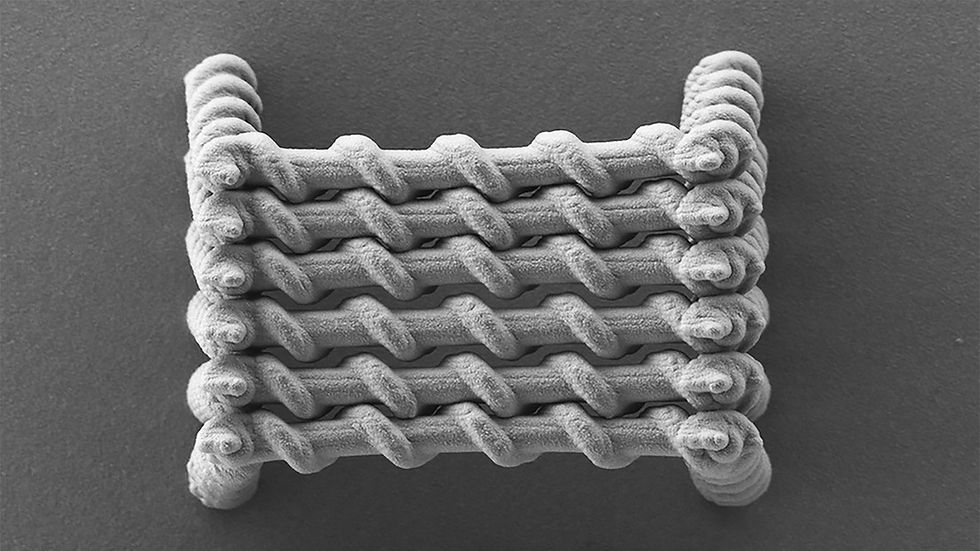A new method to study interactions between electrons in solids and molecules
- Marine Le Bouar

- Nov 21, 2016
- 2 min read

Researchers at the University of Jyväskylä in collaboration with research groups in Italy, England and Germany have developed a new method to study interactions between electrons in solids and molecules.
“This method was applied to study the properties of metals and solved some longstanding open problems” says Robert van Leeuwen, Professor at the University of Jyväskylä.
Measuring electron interactions using light Shining light on solid emits electrons. This is known as the photo-electric effect.
The emission is caused by the energy of the light that is transferred to the electrons and which gives them enough energy to leave the solid. When the electrons leave the solid part of this energy is lost due to interactions with other electrons. By measuring the energies and velocities of the emitted electrons these losses can be used to determine important properties of the interaction between the electrons.
Experimentally this information is gathered in the so-called spectral function or photo-emission spectrum which gives the probability of a certain energy loss for a given velocity. The calculation of this spectral function is a big challenge for theorists as it requires a detailed study of the interactions between the particles. This is known as the many-particle problem.
New ways of studying many-particle interactions
Existing theoretical methods to study many-particle interactions are based on grouping together certain collision processes between the electrons that contribute to the photo-emission spectrum. Because of the difficulty of the many-particle problem this cannot be done exactly and approximations must be used. The standard way in which this was done led to theoretical difficulties as including more complicated collision processes gave contributions with negative probabilities.
“A new theoretical method was developed to solve this unphysical result” says Robert van Leeuwen. The method was applied to calculate the photo-emission spectrum of simple metals and very good agreement with experiment was obtained. Among others it was found that energies losses to plasmons, which are a kind of sound waves in an electron liquid, were described properly.
The research team included researchers Yaroslav Pavlyukh from the University of Halle in Germany, Gianluca Stefanucci from the University of Rome “Tor Vergata” and Anna-Maija Uimonen from the University of Oxford who is a former PhD student from Jyväskylä. The local team was presented by Robert van Leeuwen from the Nanoscience Center of University of Jyväskylä.
Vertex Corrections for Positive-Definite Spectral Functions of Simple Metals Y. Pavlyukh, A.-M. Uimonen, G. Stefanucci, and R. van Leeuwen Phys. Rev. Lett. 117, 206402 – Published 10 November 2016



























Comments